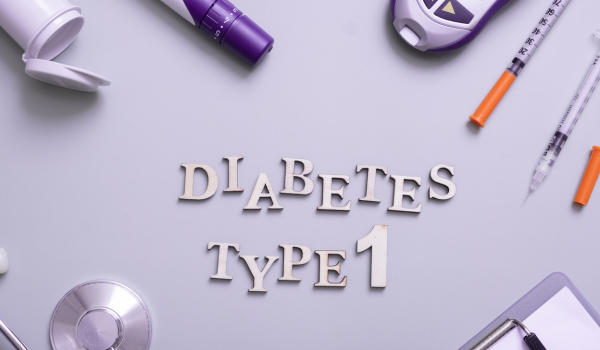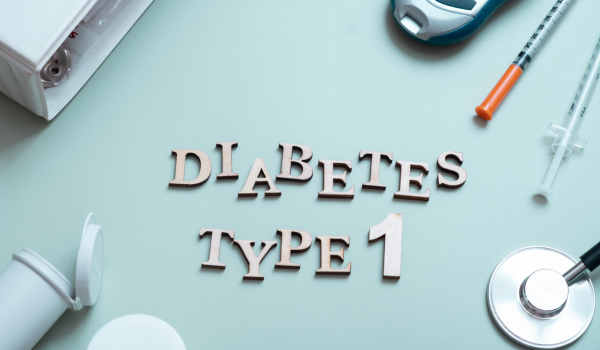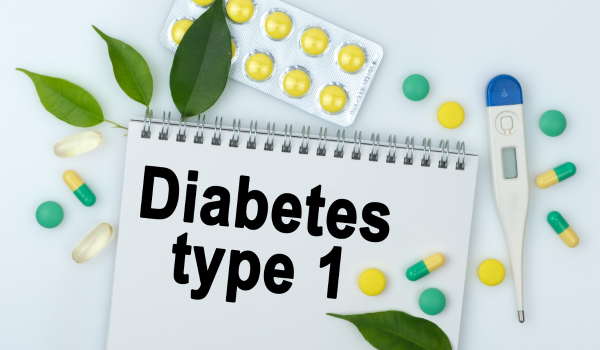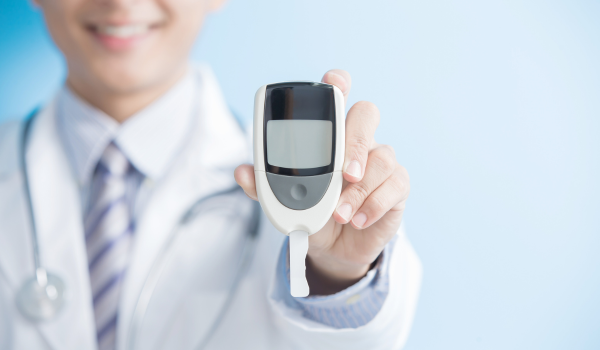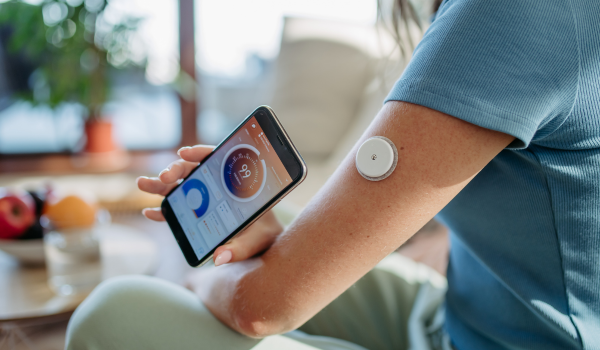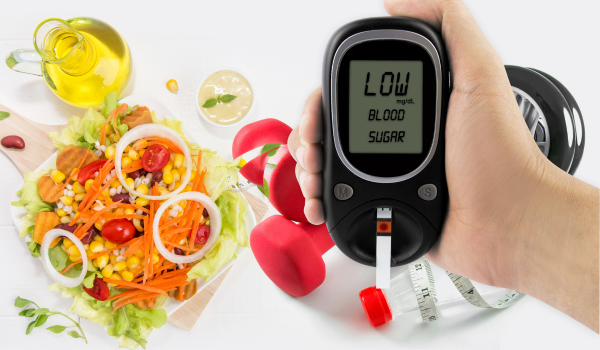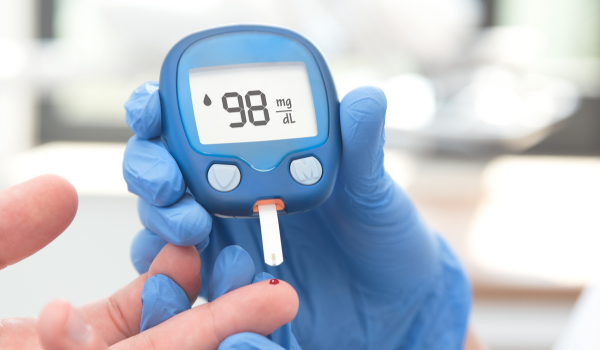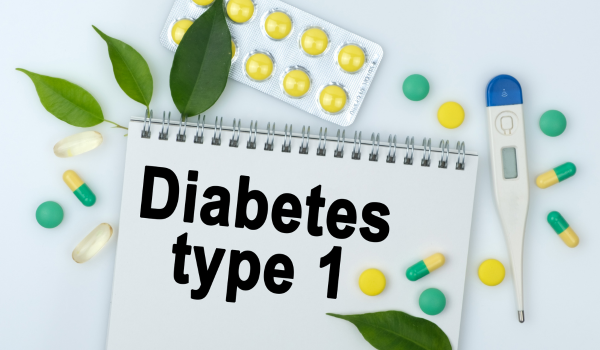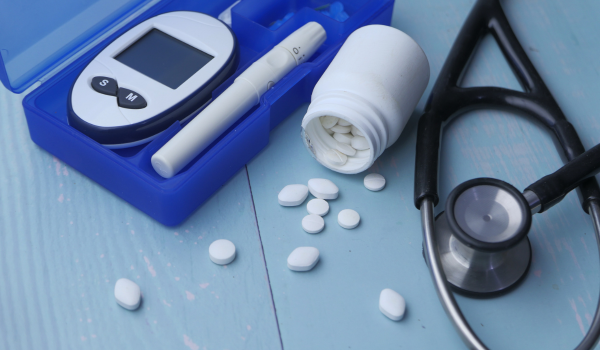
Why Monitoring Matters
Blood sugar monitoring is the cornerstone of diabetes management. For people with type 1 diabetes, where insulin must be carefully balanced with food, activity, and daily routines, checking glucose levels is not optional—it’s lifesaving.
Monitoring helps prevent both high blood sugar (hyperglycemia) and low blood sugar (hypoglycemia). It also provides essential feedback to adjust insulin doses, plan meals, and prevent long-term complications such as kidney disease, nerve damage, and heart problems.
Consistent monitoring empowers people with diabetes to live full, active lives while maintaining better control over their health.
Traditional Glucose Meters
For decades, the primary tool for blood sugar monitoring has been the fingerstick glucose meter. This device measures blood sugar from a small drop of blood, usually taken from the fingertip.
Advantages:
-
Affordable and widely available.
-
Reliable results within seconds.
-
Portable and easy to use.
Limitations:
-
Requires finger pricks multiple times daily.
-
Provides only “snapshot” readings, not continuous trends.
Despite newer technology, glucose meters remain a key tool, especially as backup to advanced devices.
Continuous Glucose Monitors (CGMs)
Continuous glucose monitoring has revolutionized diabetes care. CGMs use a small sensor inserted under the skin to measure glucose in the interstitial fluid, providing real-time data 24/7.
Benefits of CGMs:
-
Track glucose every few minutes.
-
Provide alerts for highs and lows.
-
Show trends and patterns, not just single readings.
-
Integrate with insulin pumps for advanced management.
Popular CGMs include devices from Dexcom, Freestyle Libre, and Medtronic. They reduce the burden of fingersticks and improve blood sugar awareness.
Flash Glucose Monitoring
A newer option is flash glucose monitoring, such as the Freestyle Libre system. Instead of continuous alerts, users scan a sensor with a reader or smartphone to check glucose levels.
Advantages:
-
Less expensive than full CGMs.
-
Easy to use and discreet.
-
Offers trend data without constant alarms.
This method suits people who want insight into glucose patterns but do not need continuous alerts.
Smart Technology
Blood sugar monitoring is increasingly connected to smart devices and apps.
-
Bluetooth-enabled meters sync results automatically to smartphones.
-
Smartwatches display CGM data in real time.
-
Diabetes apps allow users to log meals, exercise, and insulin alongside glucose readings.
These integrations make it easier to spot trends, share data with healthcare providers, and adjust treatment plans quickly.
Testing Frequency
How often should blood sugar be checked? The answer depends on the individual, their therapy, and daily activities.
-
Type 1 diabetes: Typically 4–10 times a day if using fingersticks, or continuous tracking with CGMs.
-
Before meals and snacks: To calculate insulin doses.
-
After exercise: To check for delayed lows.
-
Before bedtime: To prevent overnight hypoglycemia.
Frequent checks allow for proactive adjustments instead of reactive treatments.
Target Ranges
Target blood sugar ranges vary based on age, lifestyle, and health status, but general guidelines include:
-
Before meals: 80–130 mg/dL
-
Two hours after meals: Less than 180 mg/dL
-
Bedtime: 100–140 mg/dL
CGMs provide additional metrics such as time in range (TIR), which measures the percentage of the day spent within safe glucose levels. Experts recommend aiming for at least 70% of the day in range.
Techniques for Accuracy
Accurate readings are essential for safe insulin adjustments. Best practices include:
-
Wash hands before testing to avoid contamination.
-
Use fresh test strips and store them properly.
-
Calibrate CGMs if required by the manufacturer.
-
Compare CGM data with fingerstick readings when values seem unusual.
Consistency in technique ensures more reliable monitoring.
Interpreting Data
Numbers are only useful when they guide action. Interpreting glucose data involves identifying patterns and triggers.
-
Highs after meals may suggest carb miscounting or inadequate insulin.
-
Lows during exercise may require snack adjustments or insulin reduction.
-
Morning highs may indicate the dawn phenomenon or overnight insulin needs.
Sharing logs with healthcare teams helps fine-tune insulin therapy for safer and more stable blood sugar levels.
Managing Hypoglycemia
Blood sugar monitoring is critical for detecting hypoglycemia early. Signs include trembling, sweating, dizziness, and confusion.
Best practices:
-
Treat immediately with 15 grams of fast-acting carbs.
-
Recheck after 15 minutes and repeat if needed.
-
Always carry glucose tablets or snacks when away from home.
Monitoring ensures quick intervention and prevents severe episodes.
Managing Hyperglycemia
Monitoring also helps identify high blood sugar before it becomes dangerous.
If levels are consistently above target:
-
Check for missed insulin doses.
-
Evaluate carb intake.
-
Look for illness or stress as contributing factors.
-
Test for ketones if glucose exceeds 250 mg/dL.
Frequent monitoring prevents complications like diabetic ketoacidosis.
Exercise and Monitoring
Exercise can both lower and raise blood sugar, depending on type and intensity. Monitoring before, during, and after activity is essential.
Tips:
-
Check levels before workouts and eat a snack if low.
-
Monitor during prolonged or intense sessions.
-
Be aware of delayed hypoglycemia hours after activity.
CGMs are especially useful during exercise, offering continuous updates.
Children and Monitoring
Children with type 1 diabetes require special monitoring considerations. Because they may not recognize symptoms of highs or lows, technology plays a vital role.
-
CGMs provide safety alerts for parents and caregivers.
-
Data-sharing apps allow remote monitoring during school or sports.
-
Teaching children about their numbers builds independence over time.
Early education ensures safer and more confident management as children grow.
Pregnancy and Monitoring
Blood sugar targets are tighter during pregnancy to protect both mother and baby. Monitoring frequency often increases, and CGMs are highly recommended.
Benefits include:
-
Reduced risk of preeclampsia.
-
Lower chance of complications at birth.
-
Better outcomes for fetal growth.
Continuous feedback helps pregnant women adjust insulin and diet more precisely.
Long-Term Benefits
Consistent blood sugar monitoring offers lifelong protection. By maintaining near-normal levels, people with type 1 diabetes can reduce risks of:
-
Heart disease
-
Stroke
-
Kidney failure
-
Vision loss
-
Nerve damage
Monitoring is not just about daily survival—it is the foundation of long-term health and quality of life.
Challenges and Solutions
Monitoring is vital but can be exhausting. Some common barriers include:
-
Fingerstick pain.
-
Device costs.
-
Data overload.
-
Emotional stress from constant numbers.
Solutions include:
-
Rotating finger sites to reduce pain.
-
Seeking insurance or assistance programs for devices.
-
Using apps that simplify data visualization.
-
Practicing self-compassion and remembering progress is more important than perfection.
The Future of Monitoring
The future promises even more advanced tools.
-
Non-invasive sensors that measure glucose without needles.
-
Closed-loop systems combining CGMs with automated insulin delivery.
-
Artificial intelligence to predict highs and lows before they happen.
These innovations bring hope for easier, safer, and more accurate management.
The Bottom Line
Blood sugar monitoring is at the heart of type 1 diabetes care. From traditional meters to cutting-edge CGMs, the tools available today make it possible to live safely and thrive.
By following best practices, interpreting data wisely, and embracing new technology, people with diabetes can maintain stability, avoid complications, and enjoy a healthier future.
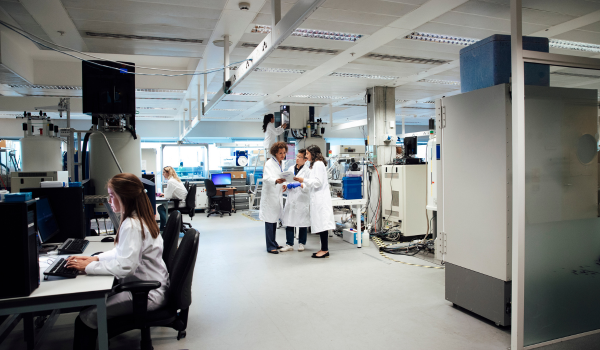
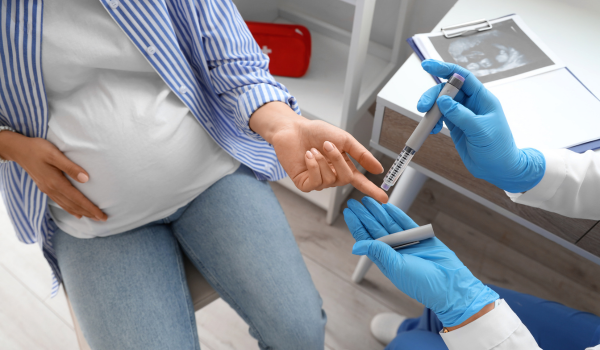
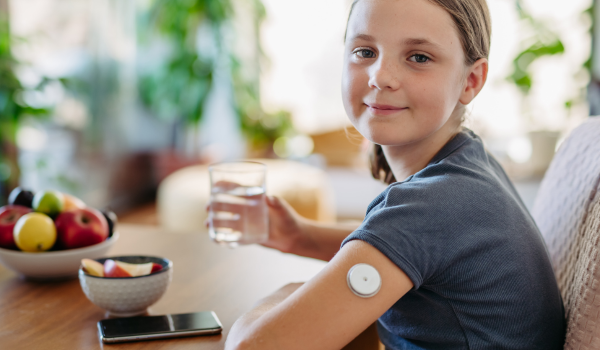
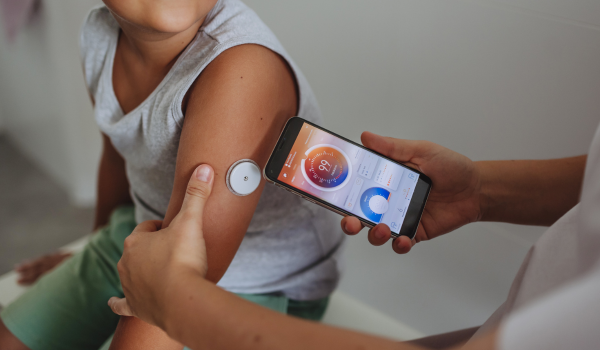
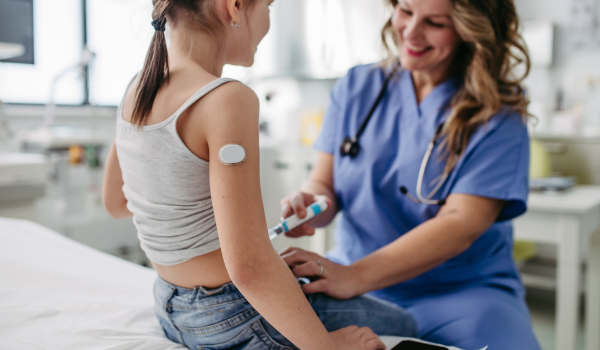
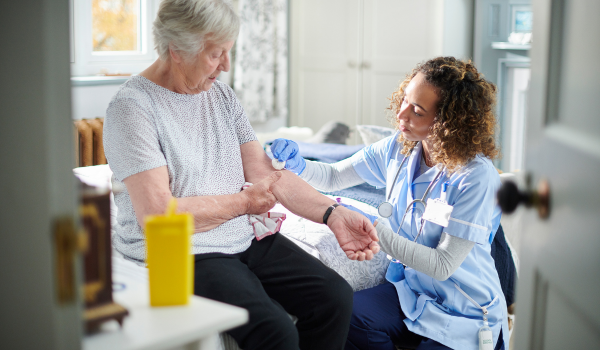


.png)

